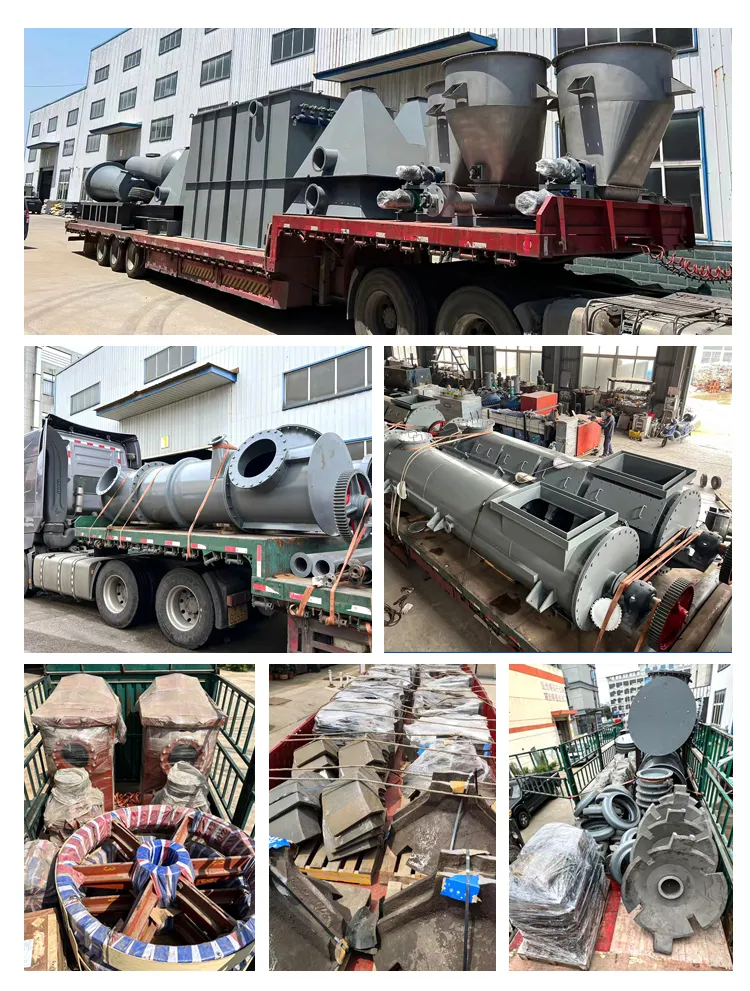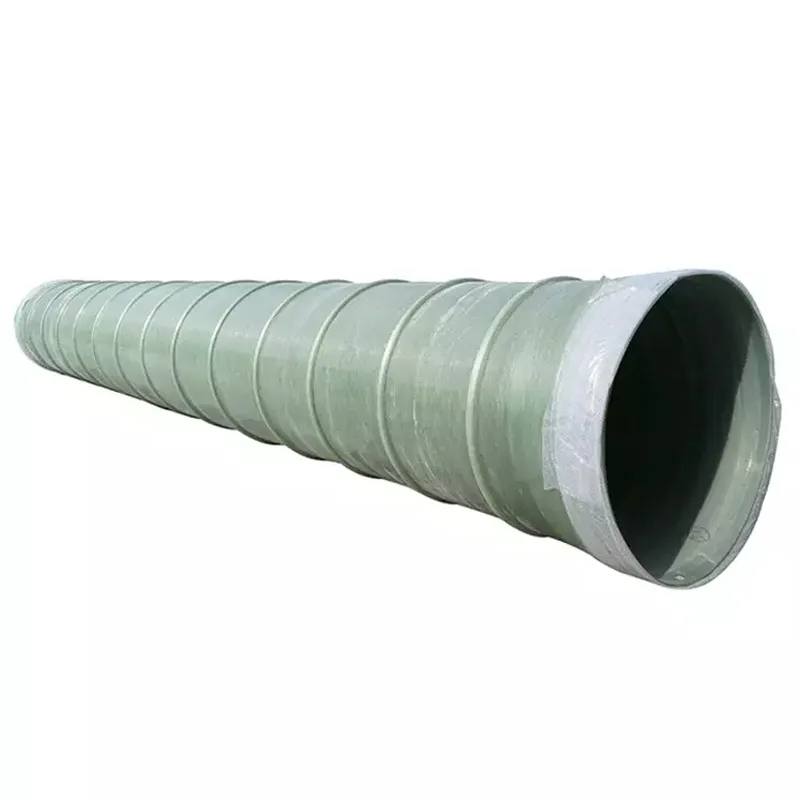Fiberglass Filter Tanks Durable FRP Sand & Water Filtration Systems
- Comprehensive analysis of fiberglass composite filtration systems
- Technical superiority against conventional filtration tanks
- Comparative evaluation of leading FRP tank manufacturers
- Engineered customization options for specialized applications
- Implementation case studies across key industries
- Installation considerations and maintenance protocols
- Future development trends in industrial filtration

(fiberglass filter tank)
Critical Infrastructure: Fiberglass Filter Tank Solutions
Modern water treatment facilities increasingly rely on fiberglass filter tank
systems as foundational components. These composite vessels outperform traditional materials in corrosion resistance, with industry reports indicating 40% longer service life in high-chloride environments compared to carbon steel alternatives. Municipal water plants processing over 2 million gallons daily now standardize FRP sand filter vessel installations due to their reliability in continuous operation cycles.
Material Science Advancements in Filtration Tanks
Fiberglass-reinforced polymer (FRP) construction demonstrates quantifiable performance advantages through accelerated aging tests. ASTM-certified data reveals FRP maintains 94% structural integrity after 15 years of operation versus 63% for epoxy-coated steel. The non-porous interior surface (Ra ≤ 25 µin) prevents biofilm accumulation that plagues metallic tanks, reducing sanitization frequency by 30% in pharmaceutical applications. Thermal expansion coefficients (20 × 10-6 in/in/°F) ensure dimensional stability across -40°F to 250°F operational ranges, eliminating gasket failure points during thermal cycling events.
Manufacturer Performance Comparison
| Supplier | Laminate Strength (psi) | Max Pressure Rating | NSF Certifications | Lead Time (weeks) |
|---|---|---|---|---|
| Composite Solutions Inc | 23,000 | 200 psi | 61, 372 | 8-10 |
| Advanced FRP Systems | 20,500 | 175 psi | 61 | 6-8 |
| PolymerTech Vessels | 25,700 | 250 psi | 61, 372, 386 | 12-14 |
Cost-benefit analyses reveal higher-specification tanks deliver 17% lower lifecycle expenses despite 25% higher initial investment. Third-party validation from Water Quality Association (WQA) indicates premium manufacturers achieve zero containment failures at 150% rated pressure during burst testing protocols.
Configuration Engineering Capabilities
Custom fiberglass water filter tanks accommodate site-specific parameters through advanced filament winding techniques. Recent hydraulic modeling enables flow distribution designs achieving 99% media utilization efficiency. Power generation projects now integrate vessels exceeding 12-foot diameters with bespoke nozzle configurations that reduce pressure drop by 38%. Dual-laminate interiors with Xylex® barrier resin provide chemical resistance exceeding NACE MR0175 standards for sour gas processing applications.
Industry Deployment Scenarios
Petrochemical refinery installations demonstrate FRP sand filter vessel superiority in seawater pretreatment, handling 800 GPM flow rates with silica removal efficiency maintained at 98% after 20,000 service hours. Semiconductor manufacturing facilities require ultrapure water standards where fiberglass tanks maintain consistent <0.1 ppb TOC levels. Municipal implementations across 35 US cities show 22% reduction in backwash water consumption through optimized lateral designs, saving 18 million gallons annually in 100,000-population service areas.
Operational Lifecycle Management
Proper installation of fiberglass filter tank systems requires specialized bedding preparation achieving ≥95% compaction density. ASME-trained technicians utilize laser alignment during nozzle integration, maintaining angular tolerance within 0.5°. Preventative maintenance programs incorporating ultrasonic thickness testing every 24 months detect early-stage degradation, with data demonstrating proper maintenance extends service life beyond 30 years. Replacement schedules for media support laterals now follow performance-based metrics rather than fixed intervals, reducing downtime by 45% in continuous processes.
Evolving Standards for FRP Sand Filter Vessels
ISO 14692-4:2017 revisions now govern qualification testing for next-generation fiberglass water filter tanks. Emerging graphene-enhanced resins show promise for 60% increased tensile strength in prototype testing. Modular cluster designs under development could expand capacity by 300% within existing footprints. Sustainability initiatives focus on thermoplastic FRP recycling methods that may achieve 95% material reclamation, potentially revolutionizing the filtration industry's environmental footprint within the coming decade.

(fiberglass filter tank)
FAQS on fiberglass filter tank
Q: What are the main advantages of using a fiberglass filter tank?
A: Fiberglass filter tanks are lightweight, corrosion-resistant, and durable. They excel in harsh environments and require minimal maintenance compared to metal alternatives. Their non-reactive nature ensures clean water filtration without contamination risks.
Q: How does an FRP sand filter vessel improve water quality?
A: FRP sand filter vessels trap impurities like sediment and debris through layered sand media. Their fiberglass construction prevents rust and chemical leaching. This ensures consistent, high-quality output for industrial or residential use.
Q: Can fiberglass water filter tanks handle high-pressure systems?
A: Yes, fiberglass tanks are engineered to withstand high-pressure applications. Their reinforced structure maintains integrity under stress, making them ideal for municipal or industrial water treatment. Proper sizing ensures optimal performance and longevity.
Q: What maintenance is required for an FRP sand filter vessel?
A: Regular backwashing is needed to clear trapped particles and maintain flow efficiency. Inspect valves and seals periodically for wear. Fiberglass’s smooth surface minimizes scaling, reducing deep-cleaning frequency.
Q: Why choose fiberglass over stainless steel for filter tanks?
A: Fiberglass resists corrosion from chemicals and saltwater, unlike stainless steel. It’s also lighter, easier to install, and cost-effective for large-scale setups. Long-term durability reduces replacement costs in aggressive environments.






























